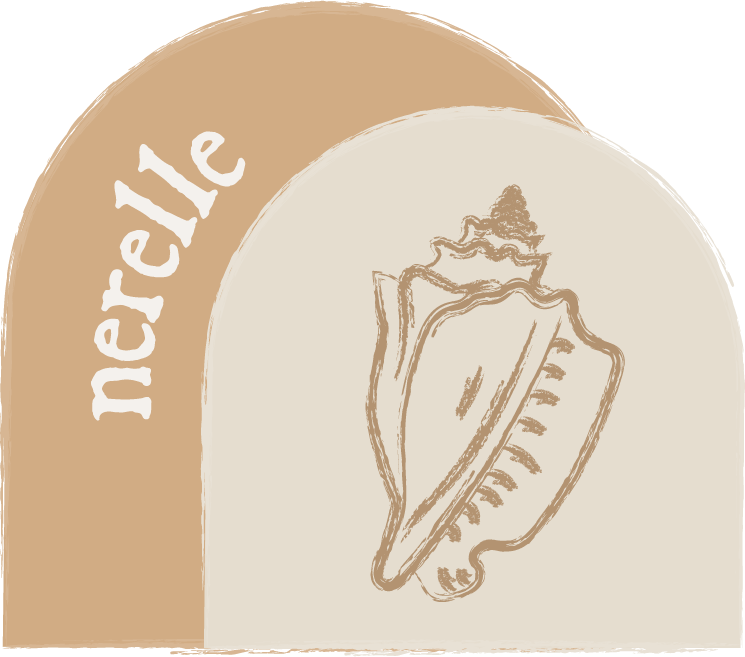
Apr 2, 2020 | Lifestyle, Photography
Earlier this week, I got an email that the
New Frontiers in Ocean Exploration supplement book to the
Oceanography magazine was released.
This supplement provides a closer look at the innovation and research in ocean exploration, and is available in printed and online format.
I first read these supplements to prepare for my first experience last summer with the OET Nautilus deep sea research cruise.
There is a wealth of information out there that I never knew existed like remotely operated vehicles, discovery of new never before seen or observed species, and ocean floor mapping. I was fortunate to join
OET Nautilus as part of the
research cruise with National Marine Sanctuary of American Samoa. It was a tremendous experience; one I will definitely
never forget. I learned
so much and gained a deeper appreciation for my ocean. BUT the reason why I’m sharing all of this though is actually because…
They published TWO of my photos!!!
And I’m listed as a contributing author!!!
This may not seem like a big deal, but I’m personally so thrilled and honored to be included in such a highly regarded science publication. I’m not a super hardcore marine scientist by any means, but being involved with this first-rate innovation and research has truly inspired me to stay hungry for more learning opportunities and experiences in the field of science. There’s more to explore!
You can click the cover image of the booklet or this link here to view the entire publication online. There’s loads of brilliant information on what we explored here in American Samoa, the active hydrothermal plume at Vailulu`u, the search for the Samoan Clipper plane crash, plus so much more in cruises with other marine sanctuaries and ocean exploration partners.
I’m sharing screenshots from just a few pages of the magazine that I was especially stoked to see because it had my name on it – eeeek!
Two of my photos were included in the magazine–and look–you can see Ian (representing the American Samoa science team on this dive watch) on page 12, busy taking notes beside Expedition Leader Christopher Roman on his right, and data loggers Peyton and Sunna on his left. I’m stoked they gave me photo credit and spelled my name correctly haha. The other photo is of our local science team Ave, Georgia, and Jessica, and data logger, Rebecca, who were the on 4-to-8 watch, after mine. Both photos were taken in the control van during an active dive watch when the ROVs Hercules and Argus were deployed.
Here’s the spread highlighting the expedition with National Marine Sanctuary of American Samoa. Initially, I didn’t realize I was going to be included in the list of authors, and when I found out, I was like, wow this is SO cool! And then I realized Dr. Robert Ballard’s name was also on the list, and I was like ‘EVEN COOLER!’ I’m still blushing just at how cool it is… like I don’t deserve to be on here, but I’m so appreciative. Please excuse how lame I’m being. I’m just so excited about it. I owe huge thanks to Dr. Mareike Sudek (lead scientist and author for the NMSAS section) for advocating for me to be part of the expedition as a science communicator. I was fully expecting only scientists to get invited, but this just goes to show there’s opportunity in STEM for anyone with a passion and a willingness to learn.
Ok ok enough, thanks for reading!
Nerelle

Jun 3, 2019 | Lifestyle
A couple of weeks ago, I went to Fagatele Bay with a team of ocean management agencies.
I love being able to take my office outside and have field days for work (and I love seeing my fiancé, Captain Moffitt).
A new “Class III” scientific buoy was recently deployed within the national marine sanctuary, making it highest level of coral reef monitoring provided by NOAA in the southern hemisphere. The scientific buoy collects water quality information and measures a variety of parameters in the ocean, such as pH and temperature, which are both very important contributors to the health of our vibrant coral reef ecosystem.
It’s super cool, and the data is live online on the PacIOOS website here.
The scientists aboard the NPS vessel MV Moana were practicing water sampling techniques for the monitoring project, and I volunteered to get photos for a NOAA Research media write up. I jumped in the water and snapped a few photos with a Canon SL1 and Ikelite housing.
I’m stoked that they used one of my photos for the article!
You can find the article about the new scientific buoy here: https://research.noaa.gov/article/ArtMID/587/ArticleID/2457/New-NOAA-partner-buoy-in-American-Samoa-opens-window-into-a-changing-ocean




























